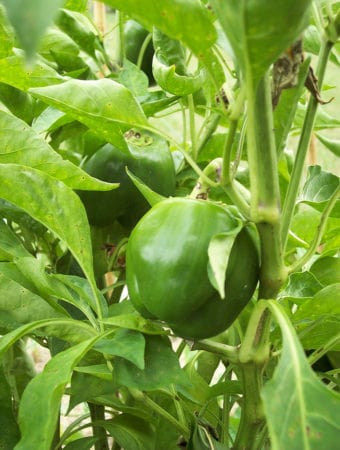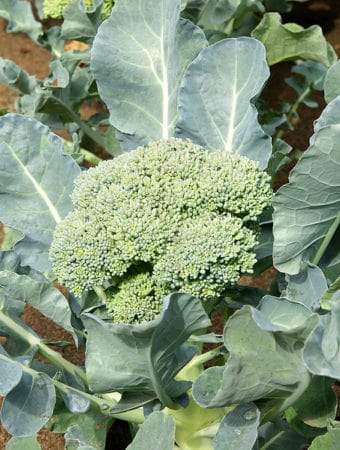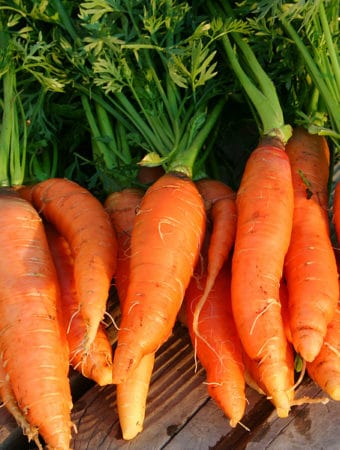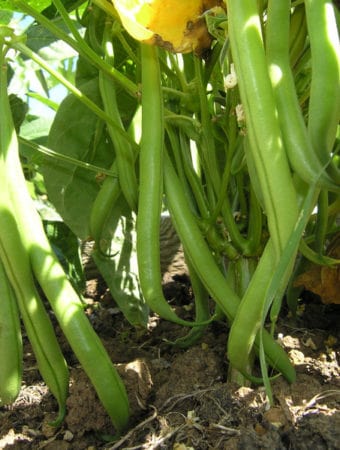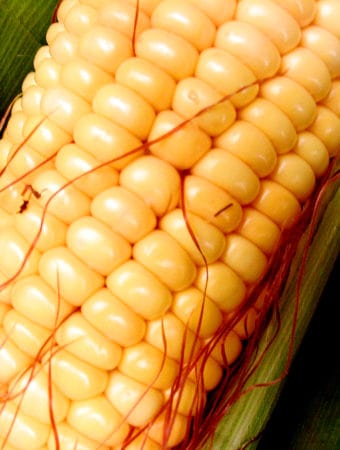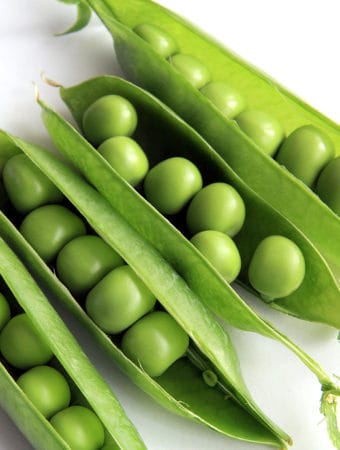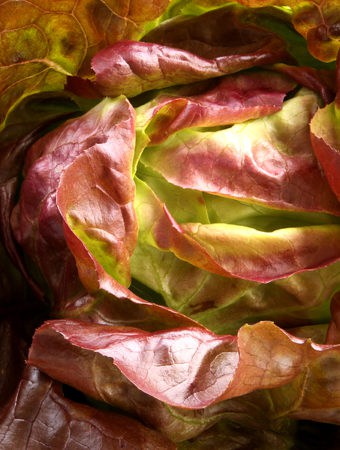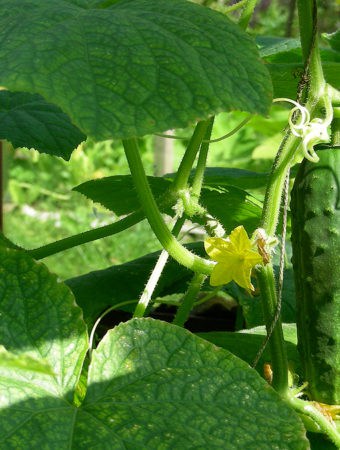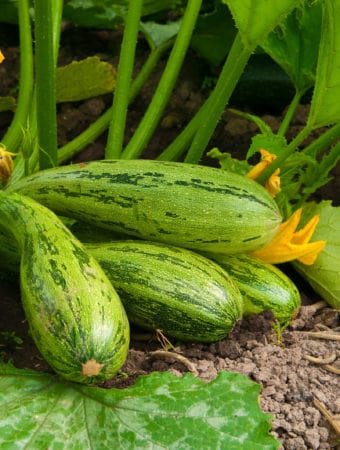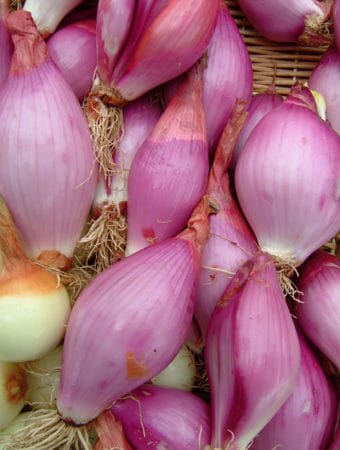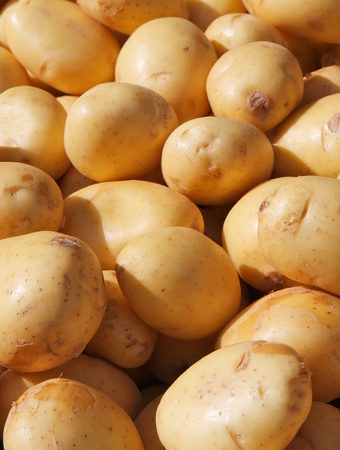Gomphrena–commonly called globe amaranth–is grown for its bright-colored upright spikes of clover-like flowerheads. The flowers are composed of dense clusters of stiff, papery bracts. Flower colors include shrimp, orange, rose, magenta, and purple.
Gomphrena blooms from summer to frost. It is a showy addition to sunny flower borders and rock gardens. It’s also a traditional addition to dried everlasting bouquets.
There are about 90 species in the Gomphrena genus, both annuals, and perennials. Mature plants can tolerate fairly dry soil.
Flower Garden Success Products at Amazon:
- Wildflower Seed Mix Attracts Hummingbirds and Butterflies
- Eden Brothers All Perennial Seed Mix
- 10 pcs Stainless Steel Garden Hand Tool Set
- Gorilla Cart 4 Cu. Ft, 300-pound Capacity
- Neem Bliss 100-% Cold Pressed Neem Oil
- Safer Brand Insect Killing Soap
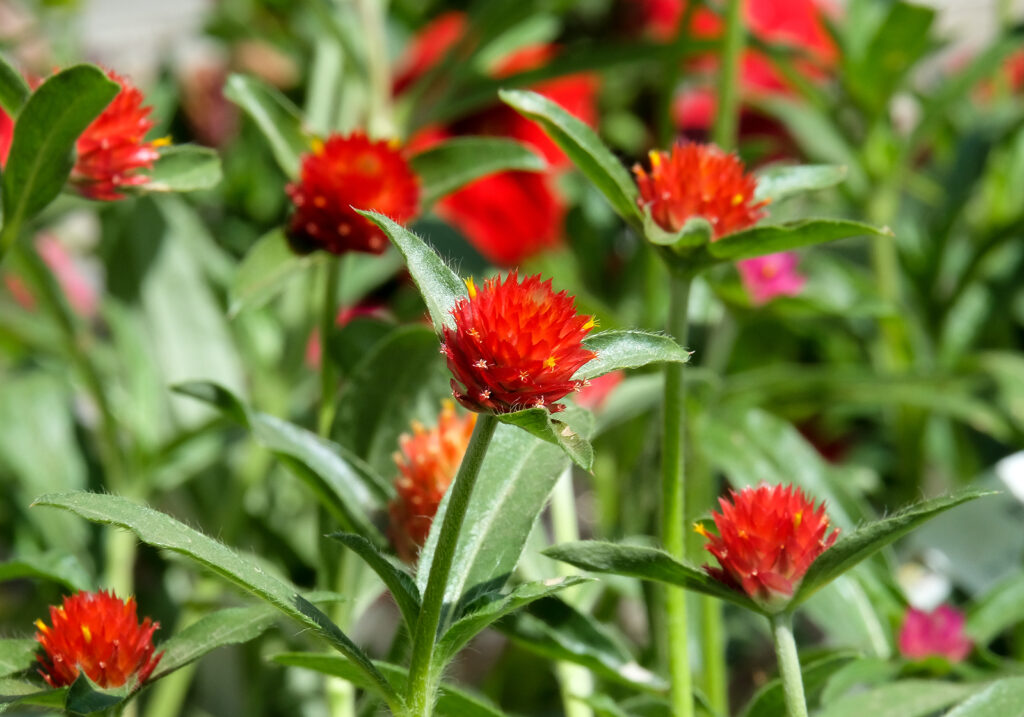
Get to know Gomphrena
- Plant type: Tender Annual
- Growing Zones and range: All zones
- Hardiness: Killed by frost, thrives in heat
- Height and width: 6 to 24 inches (15-61cm) tall; 10 to 20 inches (25-50cm)wide.
- Foliage: Oval to lance-shaped leaves are covered with soft hairs.
- Flowers: Cloverlike flower heads about 1 inch (2.5cm) wide, several flowers per stem
- Flower colors: Pink, white, purple, red, orange, and purple
- Bloom time: Midsummer through fall
- Uses: Plant taller varieties in cutting garden; use lower varieties as a bedding plant in hot, dry places; cut flowers for drying; grows well in containers; excellent cut flowers; attracts butterflies to the garden.
- Common name: Globe amaranth
- Botanical name: Gomphrena globosa
- Family: Amaranthaceae
- Origin: Australia, tropical Central, and South America
Where to plant Gomphrena
- Plant Gomphrena in full sun.
- Grow Gomphrena in average, poor, to sandy, well-drained soil.
- Gomphrena prefers a soil pH of 5.8 to 6.2.
Gomphrena uses
- Dwarf Gomphrena makes colorful edgings plants; taller varieties make good cut flowers.
- Gomphrena blossoms can be used in fresh and dried arrangements.
- Gomphrena is complemented by white flowers such as Gypsophila and Ageratum.
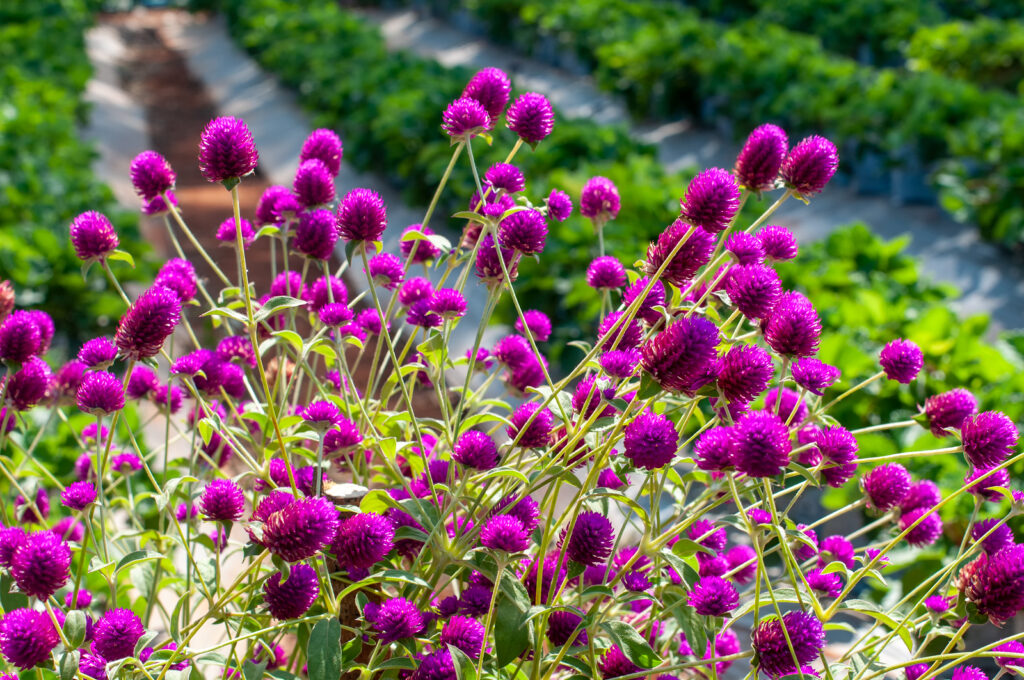
When to plant Gomphrena
- Set Gomphrena seedlings in the garden in spring when all danger of frost is passed.
- Start seed indoors about 8 weeks before the last frost. For the earliest bloom, start seeds indoors 6 weeks before the last frost.
- Sow seed outdoors a least one week after the last frost in spring.
Planting and spacing Gomphrena
- Cover the seed with 1/8 inch of soil and keep at 75° to 80°F (23°-29°C) until seeds germinate; afterward, the temperature can be reduced to 65° to 70°F (18°-21°C).
- Germination takes 7 to 14 days.
- Sow seed outdoors in smoothly prepared garden soil. Do not let the seedbed dry out.
- Thin seedlings to their permanent spacing when they are about 4 inches (10cm) tall.
- Space Gomphrena 10 to 20 inches (22-50cm) apart.
How to water and feed Gomphrena
- Gomphrena grows well in moderately moist soil; established plants can tolerate drought.
- Fertilize globe amaranth every 4 weeks with an all-purpose fertilizer or work with a 9-month slow-release fertilizer at planting time.
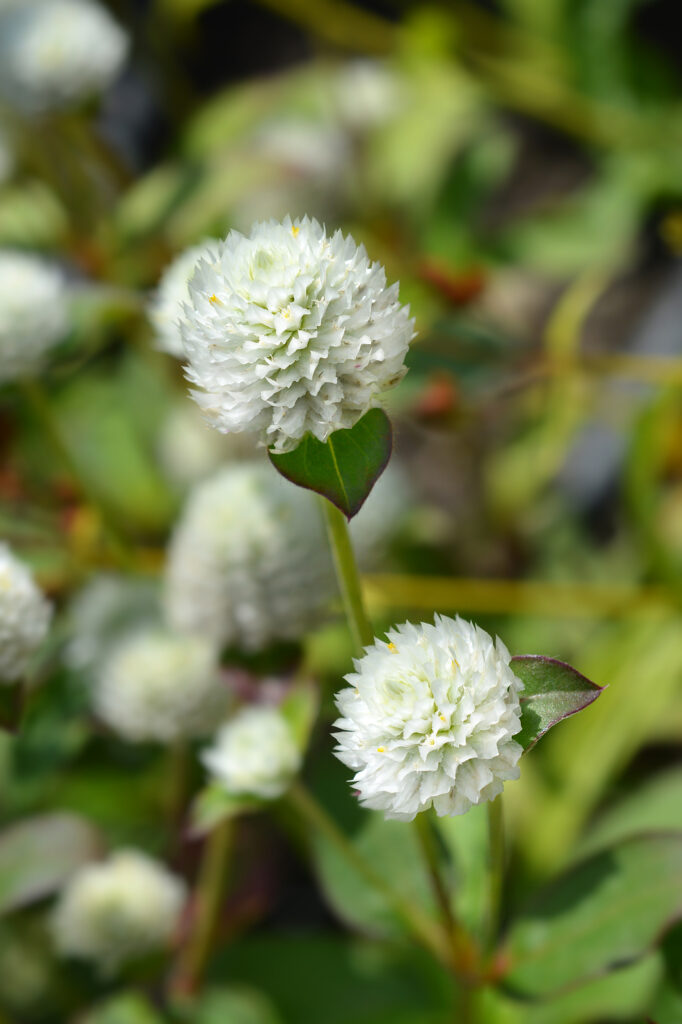
Gomphrena care
- Mulch around plants with aged compost to conserve soil moisture.
- Pinch back tips for business if flowers are grown for ornamental appearance in the garden; don’t pinch back tips if you are growing flowers for cutting–allow long stems to grow.
- Stake taller varieties that may flop if not staked.
- To dry cut blossoms, pick when blooms are thoroughly mature and hang them upside down in a shaded spot.
Gomphrena pests and diseases
- Aphids and spider mites can sometimes be a problem.
- Gomphrena is sometimes affected by gray mold and fungal leaf spot.
Good Products for Seed Starting Success at Amazon:
- Jump Start Germination Station w/Heat Mat Tray, 72-Cell Pack, Dome
- Espoma Seed Starting Mix
- 200 Count- Jiffy 7 Peat Soil Seed Starting Plugs
- Seed Starter Kit with Humidity Dome (120 Cells Total Tray)
- AgrobriteT5 Fluorescent, 2-Foot, Grow Light System
Gomphrena ropagation
- Sow seeds in warm soil in early spring.
- Soak seeds in water overnight before sowing.
- Seeds germinate in 10 to 14 days at 72°F (22°C).
Gomphrena varieties to grow
- Gomphrena globosa, globe amaranth: Annual grow 12 to 24 inches (30-61cm) tall with oval to oblong flower heads 1½ inches long in shades of pink, purple, or white; this is the type often grown in gardens; there are dwarf, medium, and tall cultivars; cultivars include ‘Buddy’ which grows to 8 inches tall with bright purple flowers.
- G. haageana: Annual grows to 24 inches (61cm) tall, flowers in shades of pale red to reddish-orange’ cultivars include ‘Strawberry Fields’ which is a popular red variety, and ‘Lavender Lady’ which is lavender.
Gomphrena frequently asked questions
Q: What growing conditions does globe amaranth like?
A: Globe amaranth is an annual that likes full sun and light, sandy soil. This plant grows well in heat and drought conditions.
Q: When should I start globe amaranth from seed?
A: Start seeds indoors 6 to 8 weeks before the last frost. Move seedlings into the garden after all danger of frost has passed. You can sow seeds directly in the garden when night temperatures stay warmer than 50° F.
Q: Can you suggest how I can use globe amaranth in my garden?
A: Globe amaranth is a good choice for window boxes, planters, and spots that are exposed to wind. Dwarf varieties can be used as edging. Taller varieties make very good cut and dried flowers.
Q: How do I dry globe amaranth to be used in dried arrangements?
A: For dried arrangements, pick globe amaranth just as flowers open fully. Hang them upside down in a dry, cool, shady place. When dried they will retain bother their color and shape.



